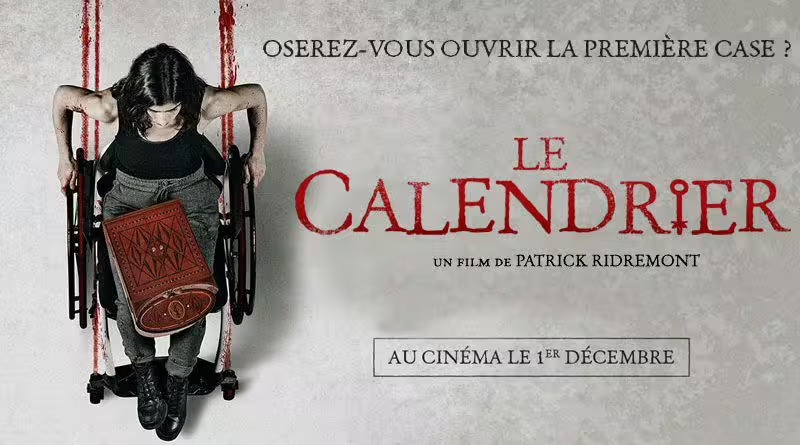Bloody Calendar
“Bloody Calendar”: A Temporal and Emotional Journey in Patrick Ridremont’s Cinema
In 2021, Belgian director Patrick Ridremont took viewers on a remarkable journey through time and emotions with his film “Bloody Calendar.” This cinematic work captured the audience’s attention with its compelling story and profound reflection on the meaning of time and human relationships.
The Plot:
In the quiet setting of a provincial town, a young paraplegic girl named Emma lives her life in a dimension of daily routine and solitude. For three years, she has been confined to a wheelchair due to an accident that radically changed the course of her existence. However, an apparently harmless gift transforms her monotonous routine into a dark labyrinth of suspense and terror.
Emma’s story takes an unexpected turn when she receives a mysterious Advent calendar as a gift from an anonymous benefactor. Initially excited by the surprise, Emma begins to open a new box of the calendar each day, hoping to find comfort and joy in the small gifts it contains. However, she soon discovers that each gift brings increasingly unsettling and sinister surprises.
The Production:
What makes “Bloody Calendar” a unique cinematic experience is its ability to skillfully blend elements of science fiction with an intimately human story. Ridremont uses the premise of time travel to explore universal themes such as love, regret, and forgiveness, offering viewers a deep reflection on the choices that define our lives.
Ridremont’s direction is masterful, guiding viewers through the labyrinths of time with an engaging pace and emotional sensitivity. The film’s cinematography perfectly captures the changing atmosphere of different eras and places, while the soundtrack helps create an immersive and captivating atmosphere.
“Bloody Calendar” is a journey into the nightmare of a suspended reality, a psychological thriller that challenges its audience’s perceptions and expectations. Through a compelling narrative and increasing suspense, the film explores the boundaries between reality and madness, offering a profound reflection on the nature of identity and redemption.







